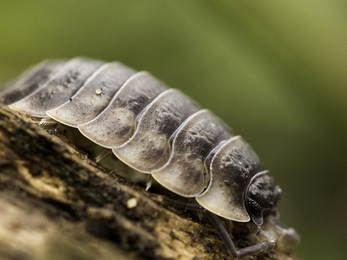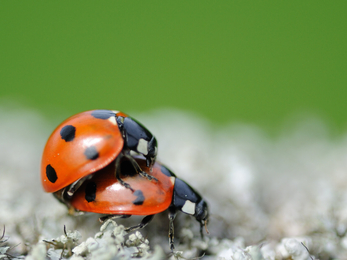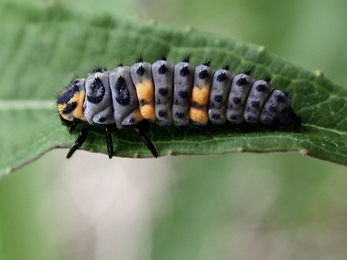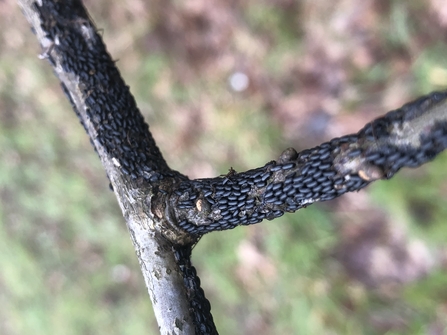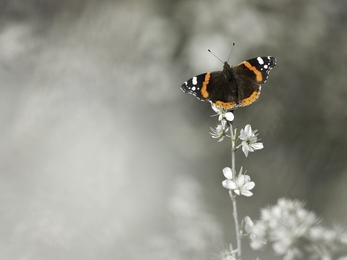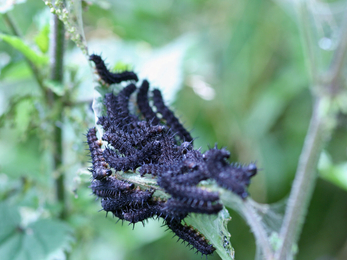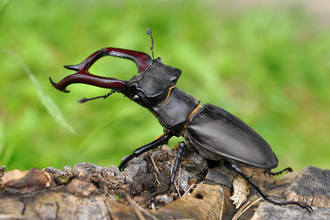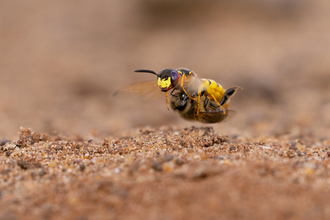Cheesy-pig, rolly bug, bibble bug, monkey pea, chisel-pig, slater, Jonny-grump, woodlice have no less than an amazing 176 different nick names.
In the UK we have around 37 species of native or naturalised woodlice and these characterful crustaceans can be found in damp and dark places such as amongst leaf litter, decaying wood, under stones, paving slabs, in walls and compost heaps.
It’s not just their array of nick names that make these invertebrates so interesting however, the females have a unique way to carry their eggs in order to increase the chances of their survival as woodlice mortality is high, with only a few in each brood surviving to adulthood.
During the mating season, female woodlice start to develop a water filled brood pouch and once they have mated, the female carries her fertilised eggs in this pouch where a whooping 50 or so eggs stay and are carried and protected by her. If you happen to be looking at the underside of woodlice and would like to test your eyesight, you may notice the female’s orange tinted brood pouches and the tiny eggs inside them. The eggs will develop for 1 – 2 months before they hatch and remain in their maternal pouch until they are big enough to survive independently. If you time your observations right, then you may just notice tiny white, grey, or orange-coloured woodlice within the female’s pouch. It’s quite a spectacle to see. Most species of woodlice have a breeding season between April and October and can produce two generations per year, so keep an eye out for them within this window.

